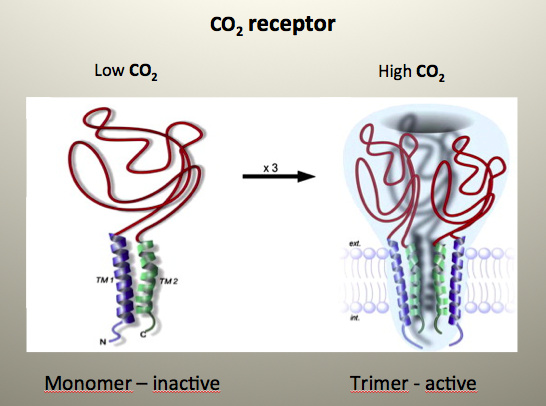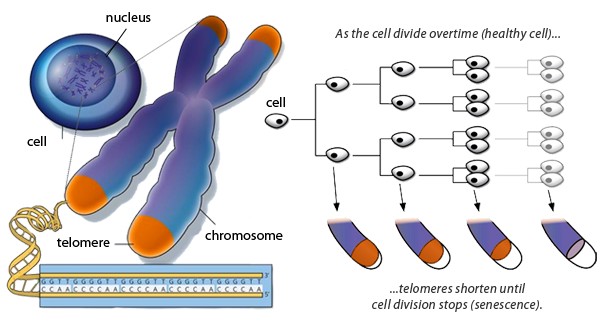Wim Hof
Meet "the Iceman"
Today’s video features Wim Hof, world record holder for the longest documented ice bath (an hour and fifty-three minutes and 12 seconds). He was recently a guest on the Tim Ferriss show and the Joe Rogan Experience.
The video begins with a little discussion of Wim’s world records, including things like the longest documented ice bath and many more. In 2009, he climbed the top of Mount Kilimanjaro in his shorts within just two days. He also completed a marathon both in Finland (−20 °C, barechested in shorts) and, in 2011, in the Namib Desert… without water.
In this podcast, Wim gives some of his back story including some of his early spiritual and physical pursuits, like the practice of Yoga, and how this eventually culminated in him, almost on a lark, beginning experimenting with the practice cold water immersion. After this initial experience where Wim discovered that it made him feel “great”, he went on to continue to develop his technique for withstanding even more cold (intuitively being “taught by nature”, as he describes it), and now has learned how to teach the technique effectively to others through workshops and online videos. The Wim Hof method involves a combination of cold exposure, breathing techniques, and meditation.
The Science Behind Wim Hof’s Breathing
While Wim isn’t a scientist, he’s allowed his method, particularly the breathing techniques, to undergo some scientific scrutiny. After a pilot study in 2011featuring only Wim, a larger was completed and published in 2014. This study included 12 individuals that trained with Wim, even doing their own mountain ascent, and then 12 controls that did not undergo any training. Both groups were then injected with bacterial endotoxin, which elicits a potent immune response in humans and other animals. This is a pretty standard measure of immune response. Afterward, the the response of the participants immune systems and endocrine systems were measured. There’s a few pretty amazing things that stand out about this study…
- The 12 individuals that trained with Wim were able to increase their epinephrine to levels above what are normally seen in bungee jumpers while practicing just Wim’s breathing techniques by themselves. This is likely due to the fact that epinephrine (also known as adrenaline) increases as a consequence of both hyperventilation and transient, mild hypoxia due to breath retention. This has been shown in several other publications.
- Wim’s trainees produced about half as many pro-inflammatory molecules (like TNF-alpha), and around twice as many anti-inflammatory molecules (like IL-10). Not only that, but the anti-inflammatory IL-10 peaked almost an hour earlier than in the control group, which prevented the immune response from spiraling out of control and causing more tissue damage. In other words, in general, they tolerated the inflammatory assault to their immune system much, much better than the control group. The anti-inflammatory effects that were measured in Wim’s trainees were likely due to the increased epinephrine. Previous studies have found that exposure to epinephrine suppresses the pro-inflammatory cytokine TNF-alpha and increases anti-inflammatory cytokine IL-10 in humans injected with bacterial endotoxin.
- Finally, if these immune system feats weren’t interesting enough, the study found something else out that stands out: Wim’s breathing technique induced a change in blood pH in his volunteers from the more physiological ranges of 7.3 to 7.4 all the way up to an average of around 7.75, a range that qualifies as mild respiratory-induced blood alkalosis. This has been shown to occur due to a decrease in blood carbon dioxide levels.
Wim Hof Method, Pain and Inflammation

Figure 1 Before meeting Wim Hof, I talked to an acquaintance of his, Dr. Pierre Capel, at a conference (very serendipitously), and he’s actually the person that exposed me to the idea that part of Wim’s super powers (when it comes to withstanding cold) may actually be from his breathing techniques. When Wim practices his breathing techniques it actually raises blood pH to a very high level (7.75 average pH in the 2014 study). This is accomplished from a precipitous drop in CO2 in the blood stream. This level of pH, which is more basic than usual and represents a mild form of respiratory alkalosis, is actually high enough that it very well could mean that the pH itself is actually de-activating nociception (pain-induction) ordinarily triggered by what are known as acid-sensing ion channels (ASICs for short) when your body is exposed to cold or inflammation in general. In other words, acid-sensing ion channels (which activate nociceptive receptors and cause pain) are active at a lower pH and inactive at a higher pH (Figure 1).
This is an excellent explanation of what’s going on with Wim, and something that I wouldn’t have known about if Dr. Pierre Capel hadn’t told me. Pierre is also a really interesting guy with a background in science, which is exactly why I filmed a podcast with him as well! (See the bottom of this email.)
Finally, one thing to note about some of the dialogue surrounding inflammation:
While Wim conveys a sense of confidence that the evidence will continue to bear out profound benefits from his technique, the first author on the most recent study from 2014 did warn that this study’s results do only look at the short-term response to an inflammatory insult, and not conditions of the more chronic variety yet. I don’t blame Wim for his optimism, but I think this caveat is fair.
Nevertheless, I remain optimistic and look forward to the continued research taking place exploring questions of whether or not his techniques can help with chronic inflammatory disease, and especially, depression, which I understand to be taking place.
Cold Exposure and Norepinephrine
One of the consistent themes of the things that Wim tries to convey about his technique and the practice of cold immersion in this podcast is that it makes him feel good, and he believes this is through the activation of the parasympathetic nervous system. In a sense, Wim makes the argument that by immersing himself in this stress temporarily, he is actually sort of fast tracking his own brain to a state of mind that is similar to that achieved through more conventional meditation practices.
One of the things I bring up during our conversation, and what made me somewhat interested in cold shock before even having met him, is that cold stress has been shown to increase norepinephrine in the blood by up to 2-3 fold, and also been shown to be released from the locus coeruleus in the brain after cold stress. This is especially interesting since low norepinephrine is associated with depression and increases in norepinephrine (via norepinephrine reuptake inhibitors) have been shown to ameliorate symptoms of depression. This actually gives a pretty great explanation for any sort of narrative about subjective mood improvements being had from the sort of extreme undertakings Wim’s made a name for himself with.
Dr. Pierre Capel on the Power of the Mind & the Science of Wim Hof
Dr. Pierre Capel is the gentleman I mentioned bumping into in Amsterdam who explained some of his pretty convincing theory (summarized above) of just what’s going on biologically with Wim’s method that makes him so successful at attenuating the acute inflammatory process; withstanding cold.
It’s a great conversation, and Pierre himself also has a scientific background. In addition to the cold/pain receptor stuff, Pierre also has a diverse array of interests, including some of the science behind the practice of meditation, and we talk about that here too.



